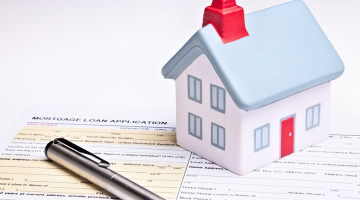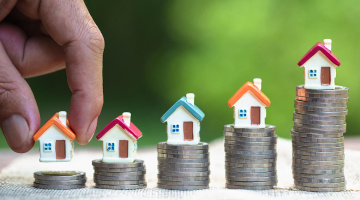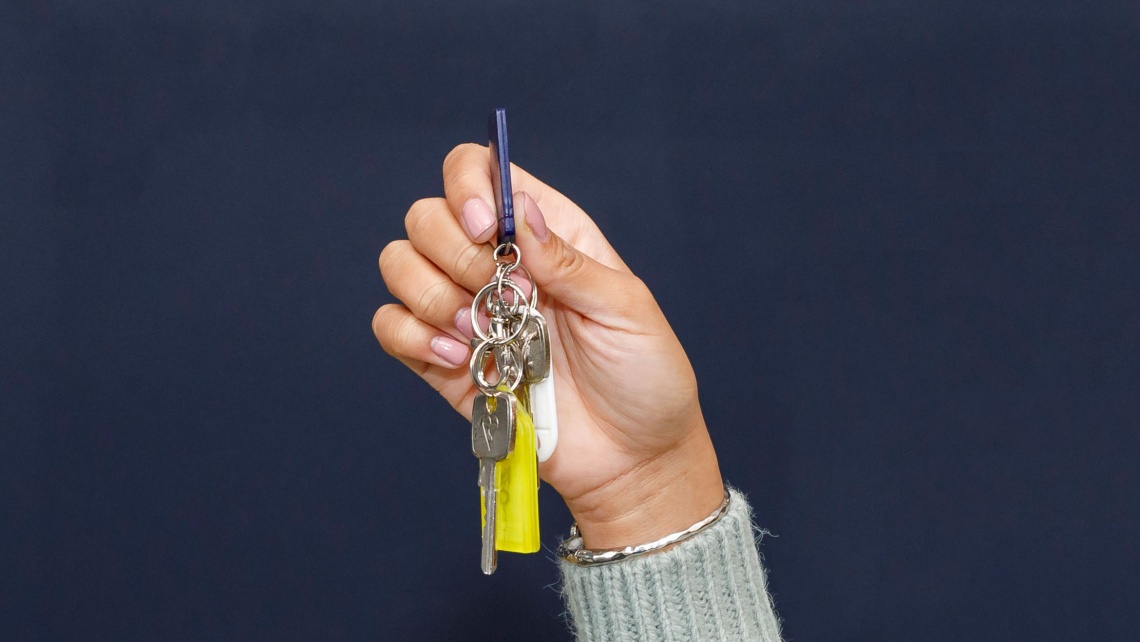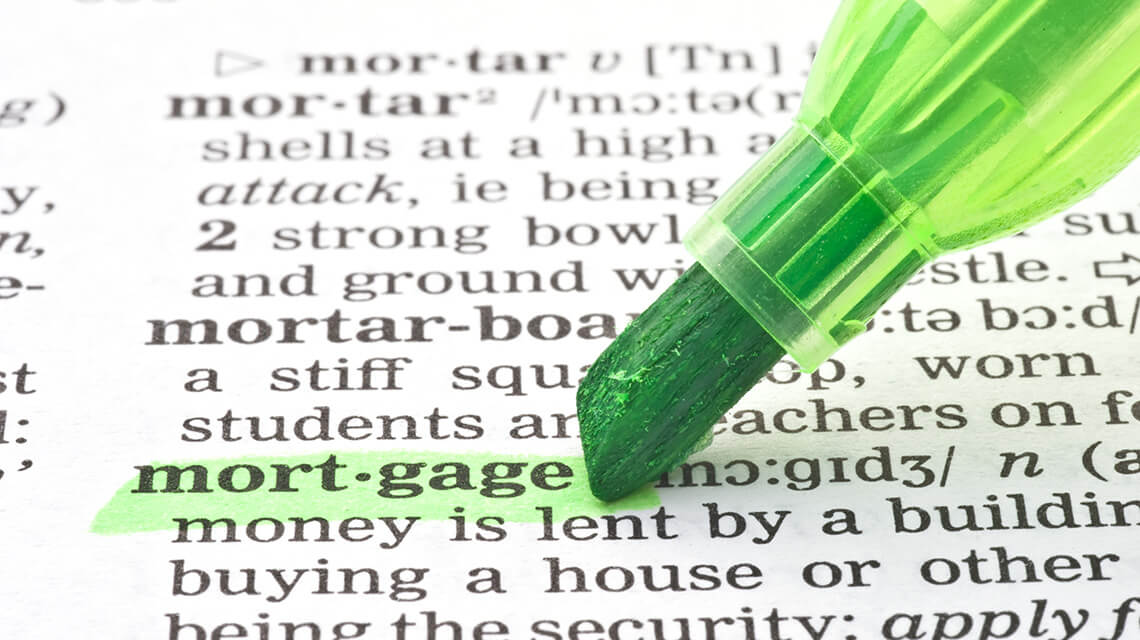

How is Stamp Duty Calculated?
The amount of Stamp Duty that you owe on a property purchase will be calculated based on the purchase price.
Property prices are divided into bands with each band attracting tax at a different rate. There are different rates for first-time buyers and second home owners.
Stamp Duty for first-time buyers
There are preferential SDLT rates for first-time buyers of properties valued at no more than £625,000.
To help first-time buyers get on to the property ladder there is no Stamp Duty to pay on the first £425,000 of their property purchase. Those paying between £425,000 and £500,000 will pay Stamp Duty at 5% on the amount of the purchase price in excess of £300,000.
For the purposes of Stamp Duty, you wouldn't be considered a first-time buyer if you've ever owned a residential property in the UK or overseas. The property that you are purchasing must be occupied as your main residence.
Stamp Duty on a second home
If you are purchasing a second home, you will need to pay an additional 5% on top of the normal Stamp Duty rates. HMRC calls this charge the ‘Higher Rates on Additional Dwellings’ or ‘HRAD.
The 5% surcharge applies to anyone who already owns one or more properties and is based on the entire purchase price of the property being bought. The higher rates apply to anyone purchasing a property who already owns one or more properties.
If an individual already owns a property and has not replaced their main residence at the end of the day of the transaction, the higher rates will apply. In the event of a delay in the sale of your previous main residence that causes you to own more than one property temporarily, the higher rate will still apply but you can request a refund within 36 months of the transaction.

Stamp Duty for Overseas Buyers
From 1 April 2021, a surcharge was added to Stamp Duty Land Tax rates for non-UK residents buying a residential property in England and Northern Ireland.
The non-UK resident surcharge is set at an extra 2% of the property purchase price which is added to all ordinary residential rates of SDLT including reduced first time buyer rates and the second home owner 5% surcharge.
Read our full guide on Stamp Duty for non-UK residents.

When is Stamp Duty due?
A buyer has 14 days from the completion date to file a Stamp Duty return and pay any tax due. If you have a solicitor, agent or conveyancer, they will usually file your return and pay the tax on your behalf on the day of completion and therefore the tax is included with their fees. They will also claim any relief you may be eligible for, for example if you are a first-time buyer.
HMRC are able to charge penalties and interest if you fail to submit a tax return or pay the tax within 14 days of completion.

Getting a mortgage as a first-time buyer
Here are the key facts on mortgages for first-time buyers, to help you if you’re looking to buy your first home.

Getting a mortgage on a second home
If you intend on renting out your second home as a buy-to-let investment you will need to apply for a buy-to-let mortgage.

Learn more about the conveyancing process
Has the Stamp Duty Holiday ended?
The government Stamp Duty holiday ended on 30 September 2021, however you can still take advantage of Galliard’s Stamp Duty Holiday Extension. Explore our range of Stamp Duty Holiday properties here.
Do you pay Stamp Duty on new build homes?
Yes Stamp Duty is payable on any residential property transaction above £125,000 including new build homes. Calculate your Stamp Duty here.
Is Stamp Duty different in Scotland and Wales?
Scotland and Wales have their own Stamp Duty rate bands known as 'land and buildings transaction tax' and 'land transaction tax' respectively.
Do you pay Stamp Duty if you are not a UK resident?
From 1 April 2021, a 2% Stamp Duty surcharge applies to non-UK residents buying residential property in England and Northern Ireland. The surcharge is separate from the 5% surcharge that already applies to second home and additional residential property purchases.




